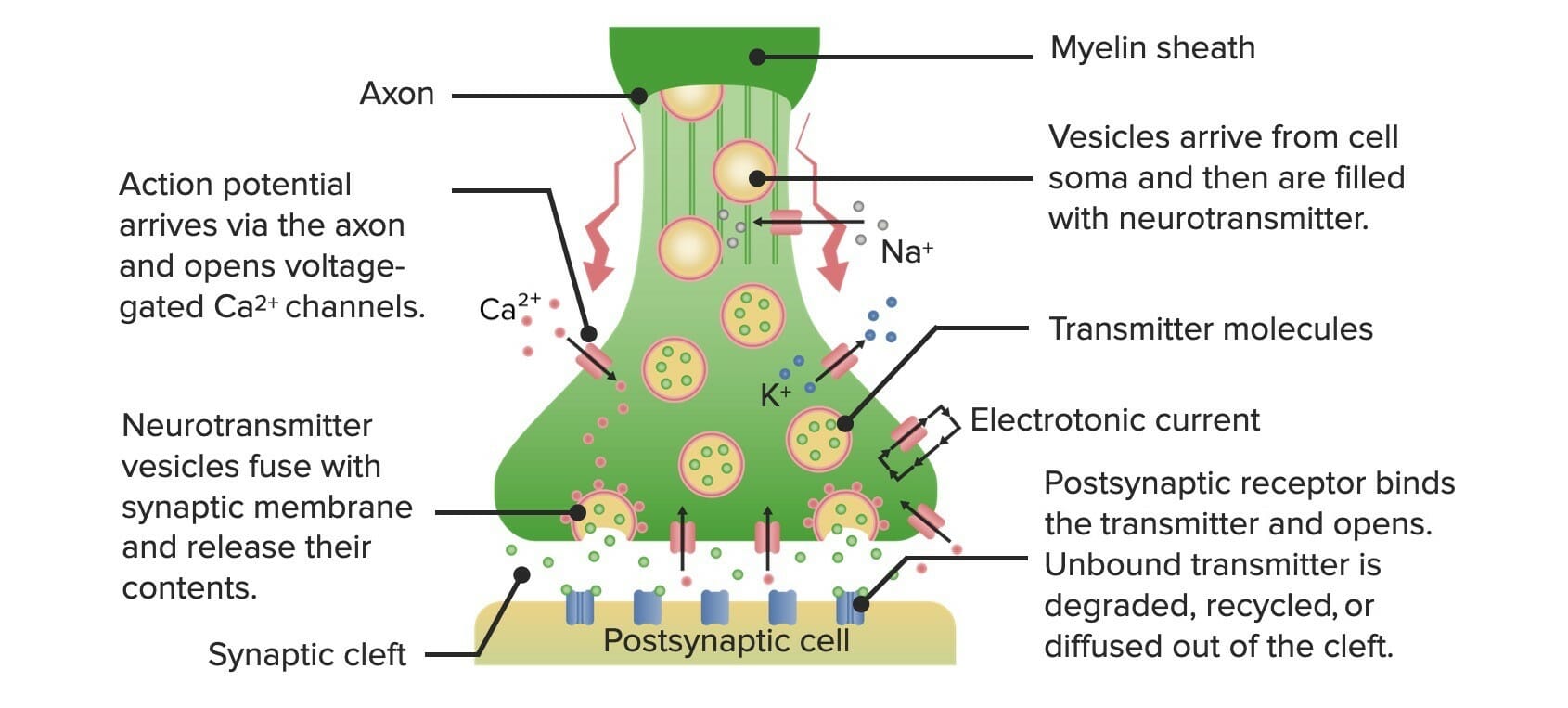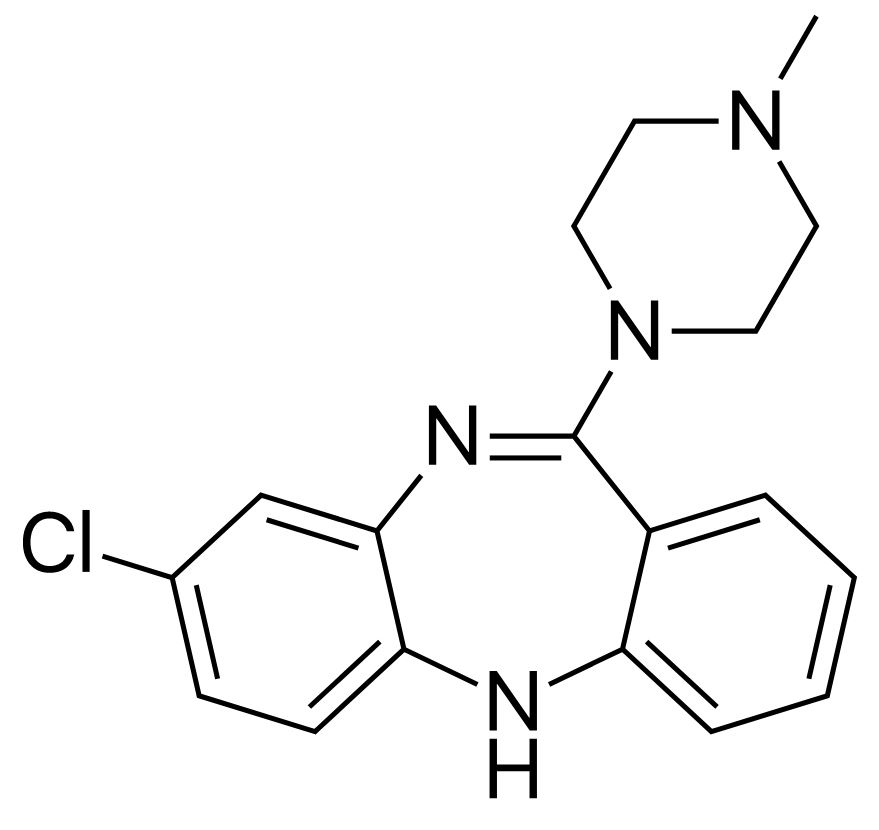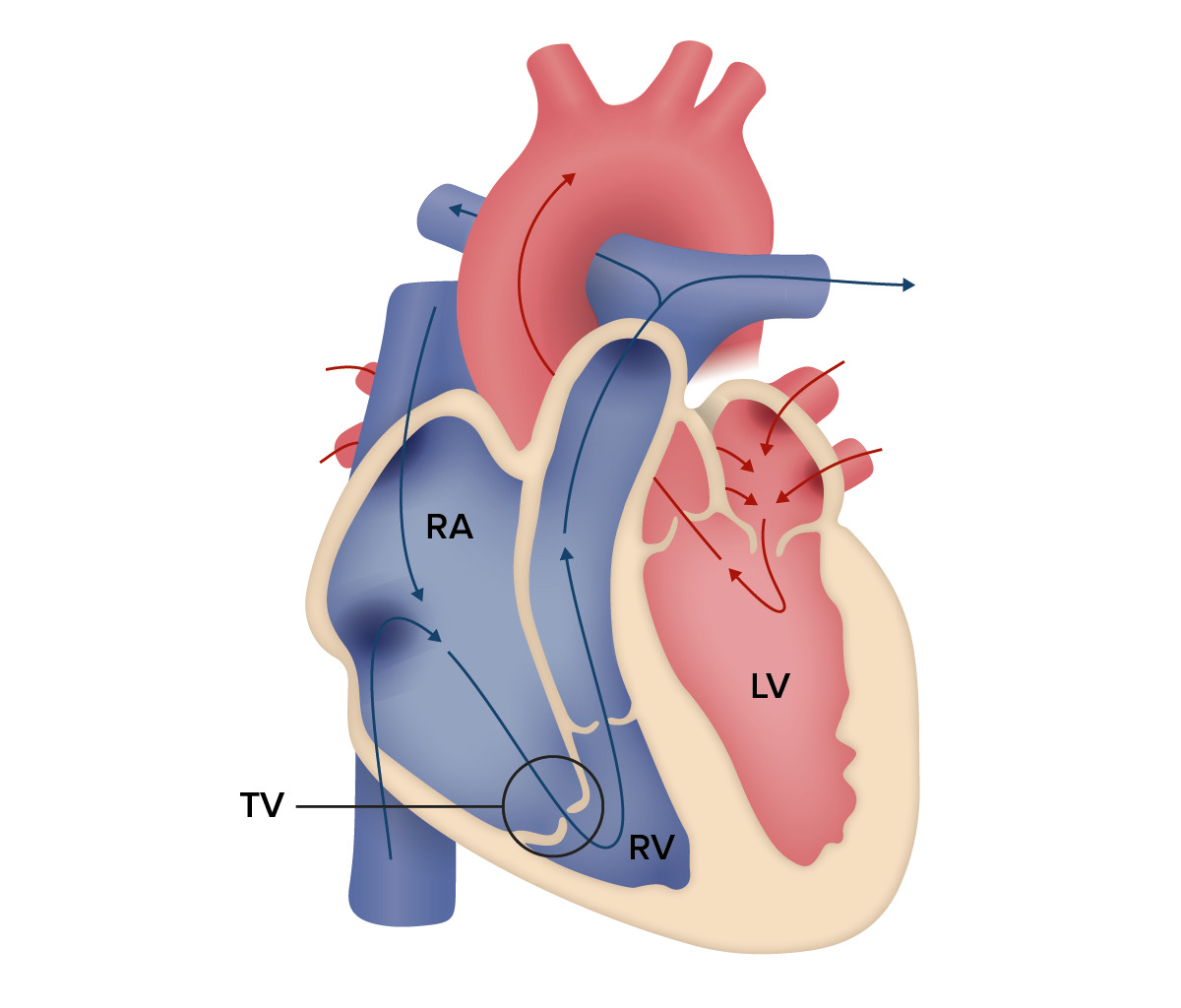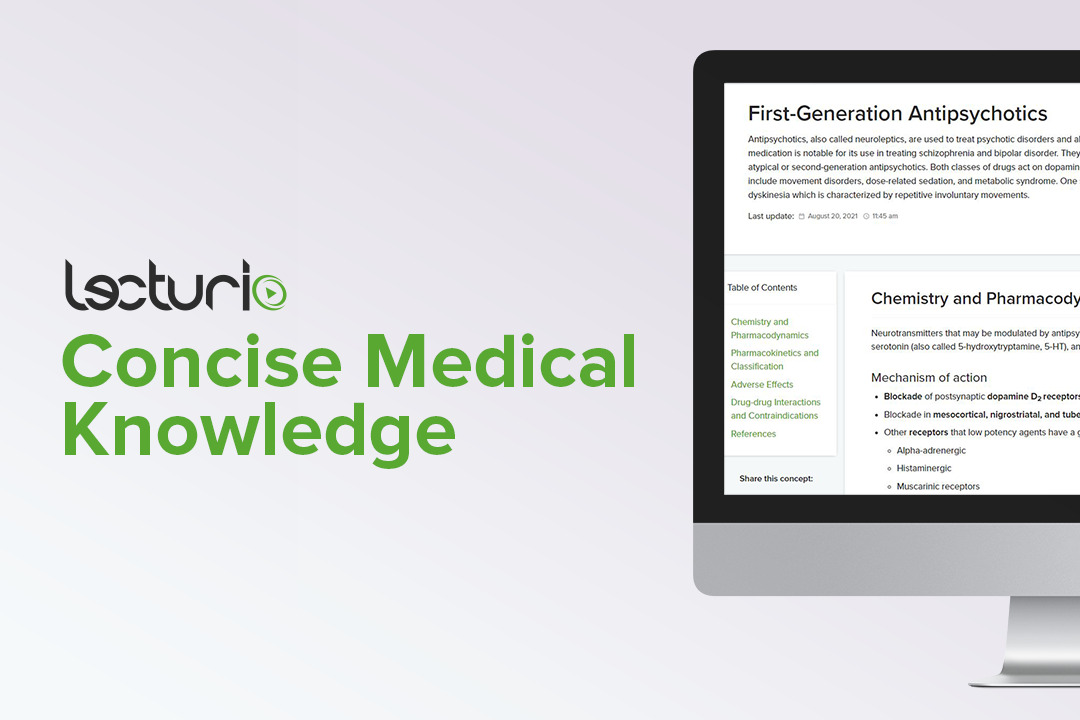Playlist
Show Playlist
Hide Playlist
Bipolar Disorder Medication – Antipsychotics
-
Slides Bipolar Disorder Medication Antipsychotics.pdf
-
Reference List Pharmacology.pdf
-
Download Lecture Overview
00:01 Let's go on to the classical drug, lithium. Lithium is a very old drug. It was used as much as 200 years ago. The clinical uses of lithium include the manic phase of bipolar disease, acute phase illness with psychotic diseases and to prevent recurrent manic and depressive episodes in mania. The pharmacokinetics of lithium is what makes it so important for us as pharmacologist and practising physician. It is rapidly absorbed. It has a half time of about 20 hours, so it stays in the body a long time. 00:37 When you talk about clearance, it's cleared at 20% of the rate of creatinine clearance. So we have to monitor plasma levels closely when we initiate therapy or when we change the dose, usually 5-7 days after these changes. Patients on a steady dose can have a level checked every 6-12 months. 00:57 Lithium will cause dehydration. It can interact with diuretics. 01:02 It can interact with ACE inhibitors and using these medications at the same time as lithium can cause lithium toxicity. 01:10 Caffeine and theophylline increase the clearance of lithium. So heavy coffee drinkers can actually have their lithium levels lower to the point where their disease gets worst. How does lithium work? The full mechanism is not fully understood, but lithium has a complex reaction and interplay with the cell membrane and some of the important molecules in the cell membrane. 01:34 This can have an effect on secondary messenger systems, such as through the phosphatidylinositol cycle. 01:41 It reduces phosphatidylinositol bisphosphate levels or PIP2 levels. This ends up resulting in a reduction in IP3 or inositol triphosphate levels. 01:54 There you have it there and this causes reduced excitatory neurotransmission mechanisms, which may be dependent on this process. 02:02 However, lithium also promotes inhibitory neurotransmission, such as through GABA, to affect mood and behaviors. 02:09 So uses in clinical medicine include bipolar disorder and we often use it in combination with antidepressants in these syndromes. Remember that antidepressants can also precipitate mania which is why we like to use these medications in combination. In terms of toxicity, lithium is very complicated. It can cause tremor, ataxia, aphasia. It can cause something called arginine vasopressin resistance, previously called nephrogenic diabetes insipidus, instead of just nephrogenic diabetic insipidus. Now, my medical students always get confused when I use the term diabetes insipidus. Diabetes means pee, right. So insipidus means weak. So it's weak urine. Diabetes insipidus, weak urine; diabetes mellitus, sweet urine. So lithium promotes the excretion of almost free water in the urine. It causes a lot of peripheral edema and can cause acne. Leukocytosis is almost always present. 03:12 And in fact I have received referrals for leukocytosis and I take a look at their drug list and find, oh they are on lithium don't worry about it. If given in pregnancy, the fetus can develop a condition called Ebstein's anomaly which is a congenital abnormality of the heart. And in terms of breastfeeding it is contraindicated because it is secreted heavily in breast milk. Let's take a look at the novel agents used for bipolar disease. Those novel agents include drugs like carbamazepine, lamotrigine, quetiapine, olanzapine and valproic acid or valproate. Let's take a look at them in more detail. 03:53 Now let's talk first about carbamazepine. Carbamazepine is an antiseizure medication and I have mentioned it before and will mention it again. Antimanic and acute illness is treatable with carbamazepine. And we also use it as prophylaxis during the depressive stage of manic disease. Lamotrigine is one of the newer drugs and it is extensively used in patients with manic disease. It is also an antiseizure medication and used in the same or similar circumstances. It also can be used for prophylaxis. Valproic acid or valproate is a well known medication that is used extensively in the treatment of seizure disorders. Antimanic and acute illnesses can also be treated with valproic acid. Also it is used for prophylaxis during the depressive state. It is often used when lithium fails. Now that doesn't mean you can't use it in combination with lithium and in fact sometimes we combine valproic acid and lithium together. And finally the newer drugs, olanzapine and quetiapine are antipsychotic medications which are approved for monotherapy in milder bipolar disease and more severe psychotic disease. So there you have it there. Have a look at this chart and understand how the drugs are a little bit different but mostly similar to each other.
About the Lecture
The lecture Bipolar Disorder Medication – Antipsychotics by Pravin Shukle, MD is from the course CNS - Pharmacology.
Included Quiz Questions
What is a possible mechanism of action of lithium?
- Reduction of inositol triphosphate
- Reduction in intracellular calcium
- Reduction in plasma GABA levels
- Inhibition of G protein-coupled receptors with increased production of cyclic AMP
- Decreasing the availability of glutamate in post-synaptic neurons
According to some guidelines, lithium is contraindicated in which condition?
- Breastfeeding
- Bipolar disorder I
- Bipolar disorder II
- In combination with antipsychotics for schizophrenia
- In combination with antidepressants for major depressive disorder
Customer reviews
5,0 of 5 stars
| 5 Stars |
|
5 |
| 4 Stars |
|
0 |
| 3 Stars |
|
0 |
| 2 Stars |
|
0 |
| 1 Star |
|
0 |







